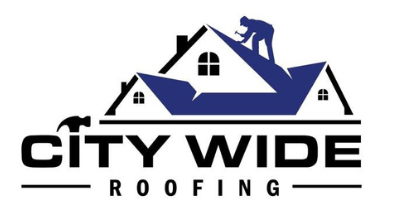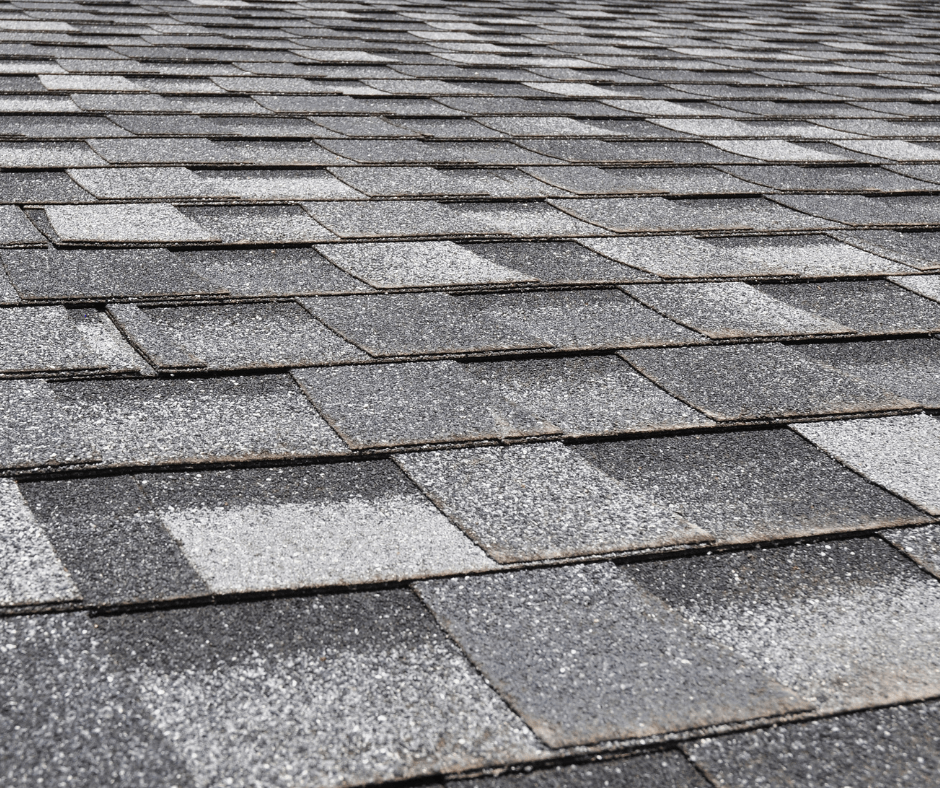In the realm of contemporary building design and energy efficiency, Cool Roof Technology has emerged as a critically important innovation. This technology, based on the simple principle of reflecting more sunlight and absorbing less heat than a standard roof, effectively reduces energy costs, mitigates urban heat island effect, and slows down global warming.
However, despite its apparent benefits, the underlying mechanics of how these roofs function and why they are becoming increasingly necessary in our energy-aware society is a fascinating topic that warrants further exploration. We invite you to join us as we examine the intricacies of this technology, its implementation, and the profound impact it could have on our future built environments.
Understanding Cool Roof Technology
Cool roof technology is an innovative solution in the realm of energy efficiency. It operates by reflecting more sunlight and absorbing less heat than a standard roof, thereby significantly reducing energy usage in buildings. This technology employs special coatings that are highly reflective, allowing them to deflect the sun’s energy back into the atmosphere instead of absorbing it.
By doing so, the interior of the building remains cooler, reducing the demand for air conditioning and consequently, energy consumption. The advantage extends beyond individual buildings, as an increase in the number of cool roofs can help mitigate the urban heat island effect, a phenomenon where city areas are significantly warmer than surrounding rural areas.
This way, cool roof technology contributes substantially to energy conservation and climate control.
Benefits and Importance of Cool Roofs
Undeniably, the adoption of cool roof technology brings about significant advantages, ranging from energy efficiency to environmental sustainability. By reflecting more sunlight and absorbing less heat than standard roofs, cool roofs reduce energy bills by decreasing the need for air conditioning. This energy efficiency not only translates into cost savings but also lessens the strain on the power grid, potentially preventing blackouts during peak usage.
From an environmental standpoint, cool roof help mitigate the urban heat island effect, thereby reducing local temperatures and improving air quality. Further, by lowering energy consumption, they indirectly cut down greenhouse gas emissions. Thus, the benefits of cool roofs extend beyond individual cost savings, contributing to community well-being and global environmental protection.
READ MORE:


